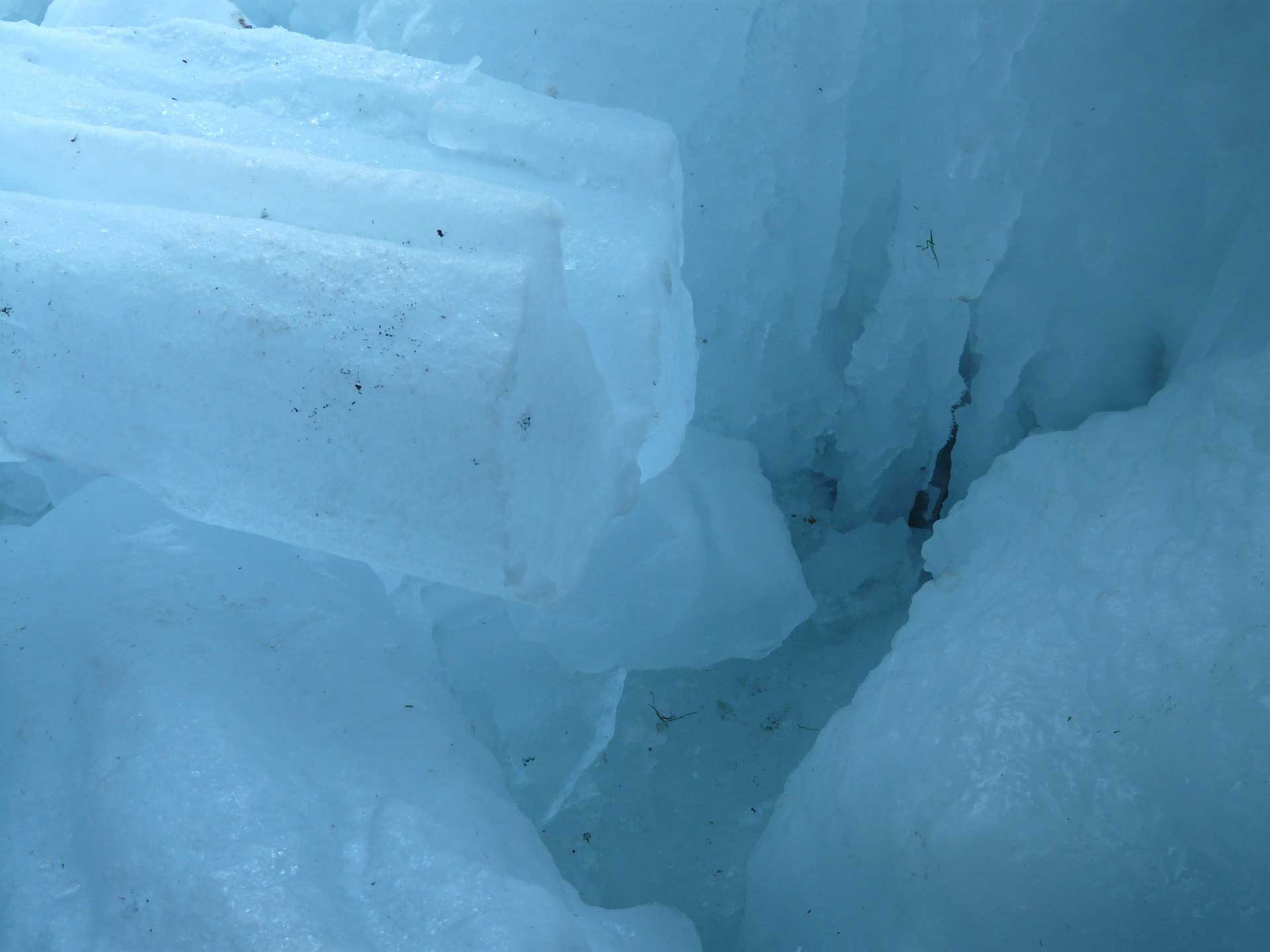Freezer defrosting is an important yet often procrastinated upon task. While, there are new models that have automatic and semi-automatic defrosting functions, most basic models will still need to be defrosted manually. Which brings us to this question: How often should you defrost your freezer to keep it running efficiently?
As a general rule, you need to defrost your freezer once a year at a minimum. You should also do it on an ‘as needed’ basis every time the frost thickens to about 1/4 inch or when it completely covers the defrosting guide (it’s the red plastic thing sticking out of the freezer wall).
In this article, we will tell you how often you should defrost your freezer, and we will give you tips on how to do it with minimum fuss as well.
Why you need to defrost your freezer
Defrosting is an important part of your refrigerator maintenance checklist as it frost will have adverse effects in your cooling performance.
While a thin layer of frost in your freezer may seem harmless, it can reduce the performance level of your fridge by hampering the evaporator’s job of heat transfer. The thick frost will prevent the evaporator from absorbing heat in the freezer properly.
When to defrost your freezer
As we’ve stated earlier, it is advisable to defrost your freezer at least once a year or when the frost starts to thicken to 1/4 of an inch.
Most manual and semi-automatic defrost refrigerators also have a defrosting guide. This is a small red-colored plastic nub located on the freezer wall. Once this gets fully enveloped by frost, it is high time to defrost your freezer.
How to defrost your freezer
Now, it’s time to do the dirty deed. We will divide this part into three: one for manual defrost models, another for semi-automatic defrost models, and lastly for automatic defrost (no frost) models.
Manual defrost
This is the most labor intensive of all of three models. This can also potentially be the messiest if you let the frost thicken too much.
To defrost manually, do the following:
- Unplug your refrigerator and place frozen food into a chiller with ice.
- Make that your refrigerator’s drain holes are not obstructed.
- Place towels on the floor at the front of your refrigerator to catch water from the melted frost.
- Open your freezer door to speed up the defrosting process.
- After the frost has melted, wipe your freezer walls.
- Plug in your fridge, and allow the refrigerator to get back to its proper temperature. You’re done!
To speed up the process even more, you should place a bowl of hot water inside the freezer while it is defrosting. You can also use the plastic scraper that comes with the fridge to get rid of large chunks of frost quickly.
Semi-automatic defrost
Newer models of direct cool refrigerators are equipped with a semi-automatic defrost function wherein you’ll only need to push a button near the freezer to activate the defrosting function.
For this, there is no need to unplug your refrigerator. Just push the button and wait for the defrosting process to finish. Your refrigerator will turn on automatically after a few hours.
It is best if you still have a few towels ready to catch any water from the melted frost.
Automatic defrost
No frost refrigerators have a built-in heating element that melts off frost from time to time. This means that there is no longer any need to go through the hassle of defrosting your freezer manually.
Conclusion
Defrosting your freezer is an easy way to improve the efficiency of your unit and help extend its lifespan as well. However, if you do not want to go through the hassle of defrosting your refrigerator, you should consider buying a no frost model instead. Just keep in mind that you will spend a few thousand pesos more for it.

Miguel Mores worked for 5 years as a member of the product management team for a home appliance company in the Philippines. He started 101appliance to answer the most common customer questions that he has encountered during his time in the industry. He now works in the digital marketing field and manages a small online bookstore on the side.

